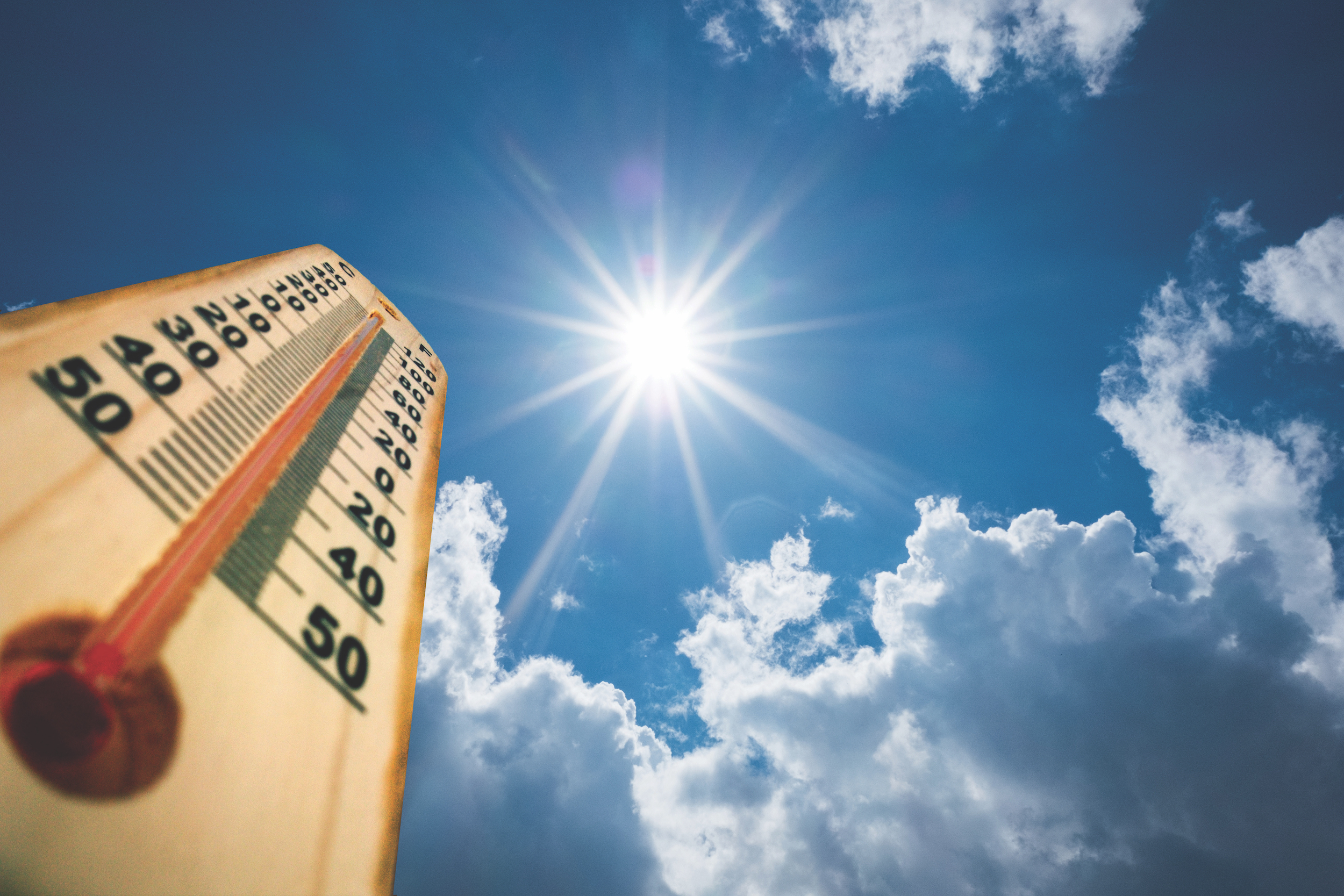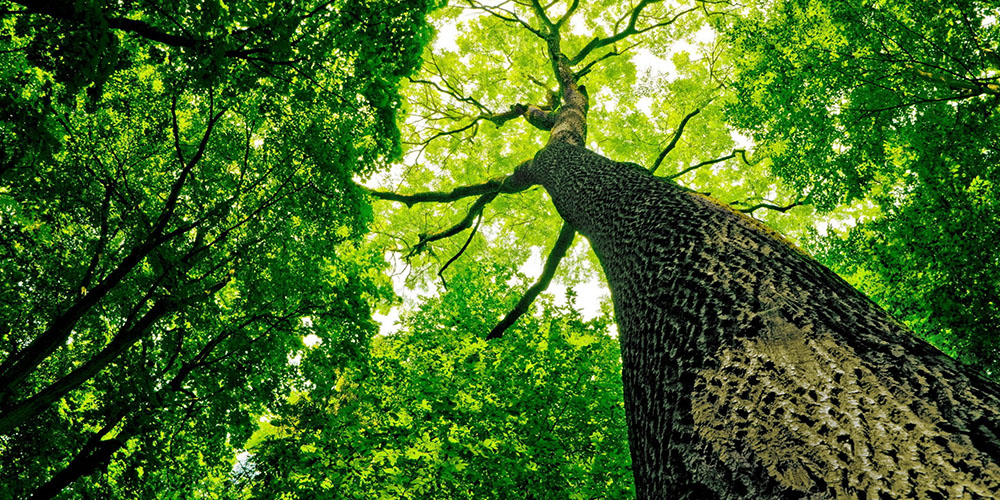Activity 84: The Global Climate
Using data collected from Mauna Loa, students will graph changes in atmospheric levels of carbon dioxide (CO2) over a 46-year period, and identify possible reasons for those changes. They will also learn about the relationship between CO2 and the Earth’s climate, and explore ways to reduce the amount of CO2 they generate.
This is one of 96 activities that can be found in PLT’s PreK-8 Environmental Education Activity Guide. To get the activity, attend a training either in person or online and receive PLT’s PreK-8 Guide.
The PreK-8 Environmental Education Activity Guide is a supplementary curriculum that is multi-disciplinary, with an emphasis on science, reading, writing, mathematics, and social studies.
Each activity displays explicit connections to practices and concepts expected by the following national academic standards so teachers can easily see where the materials will fit into their lesson plans:
- Next Generation Science Standards (NGSS)
- Common Core Toolkit, includes
- English Language Arts (CCSS.ELA)
- Mathematics (CCSS.MATH)
- College, Career, and Civic Life Framework for Social Studies (C3)
Our professional development further demonstrates these connections, as well as to state and local standards, contact your state coordinator.
EE Resources
Visualizations and Data for Climate Change Communication
One of the best ways to understand data is to visualize it. The Yale Program on Climate Change Communication (YPCCC) conducts scientific research on public climate change knowledge, attitudes, policy preferences, and behavior. Data is compiled from public opinion and messaging research, using surveys, experiments, qualitative methods, statistical models, maps and participatory GIS, among other... Read more »
En-ROADS
En-ROADS is a climate change solutions simulator, developed by Climate Interactive and MIT Sloan Sustainability Initiative, that gives everyone the chance to design their own scenarios to limit future global warming. It models scenarios for how changes in our energy supply, land-use, transportation, carbon removal, and more, can affect a variety of climate change impacts,... Read more »
Earth Now
If your students have an Apple or Android device and are interested in Earth Science, Earth Now is a free, 3D app that displays real-time global satellite data of the planet. Students can view carbon dioxide conditions, gravity anomalies, ozone levels over Antarctica, and more. Find more science apps to use with your students in... Read more »
What Can Trees Tell Us About Climate Change?
Learn about the connection between trees and climate change, how tree rings can tell a story about past weather events, and the methods by which scientists are recording this data. What Can Trees Tell Us About Climate Change? is a resource offered by NASA’s Climate Kids, designed for upper-elementary students. Find images, fact sheets, activities,... Read more »
Poster: Animals at Risk from Climate Change
Animals at Risk from Climate Change is an educational poster developed by the Global Education Project. The poster presents a succinct overview of the fundamental impacts of greenhouse gases and features 25 animals currently at risk because of climate change. Through illustrations, symbols and brief explanatory text, learn about the biological traits and environmental conditions that... Read more »
Cloud Lab
Covering 70 percent of the Earth’s surface, clouds can provide clues about the weather and climate. Using NOVA’s Cloud Lab tool, students will learn about cloud typing and storm prediction. They’ll learn how scientists use sophisticated instruments and data to study the development of Earth’s most powerful storms and better predict their impacts. Then use the same tools to... Read more »
How Much Hotter is Your Hometown Than When You Were Born?
This Interactive Climate Change Model, developed by the New York Times, asks: How much hotter is your hometown than when you were born? Global temperatures continue to rise each year and in many parts of the world temperatures above 90 degrees Fahrenheit will become more frequent. Discover how much warmer your hometown is now than when you... Read more »
The Power of Trees
What would happen to humans if there were no more trees? How are trees linked to human health and wellbeing? How can we measure the benefits of trees to humans? In the video When Trees Disappear, People Die, students learn about research that deals directly with these questions.
Offset Carbon Emissions
Want to help cut back on carbon emissions and slow the pace of global climate change? Check out this NASA produced educational game called OFFSET, appropriate for all ages. In the game you will see how CO2 is produced from burning coal and by gasoline powered cars. Playing the game, you will have to offset... Read more »
Animals at Risk from Climate Change Poster
This poster captures the complex interaction of biological traits and environmental conditions that cause a species to be susceptible to climate change. Thoroughly documented to studies from reliable sources, including the IUCN Climate Change Specialist Group, NASA, NOAA, the US EPA, and the IPCC, the poster features 25 animals that highlight the fundamental impacts of... Read more »
Timeline of Earth’s Temperature
It can be difficult to visually represent climate change. This illustrated timeline of the Earth’s average temperature since the last Ice Age glaciation demonstrates the exponential increase in temperature in today’s world. The piece is a wonderful demonstration of how rapidly the climate is changing compared to historic data.
Desmos Graphing Calculator
Desmos creates digital math tools, such as this online graphing calculator that students can use for free. They also create activities and their Activity Builder helps teachers create digital math activities. The online calculator has many uses in science and math settings, from graphing functions, plotting tables of data, and evaluating equations, to exploring transformations and... Read more »
Carbon Cycle: A Musical
This Carbon Cycle Song and accompanying materials can serve as a great introductory activity to the carbon cycle. The Carbon Cycle Song teaches students about the movement of carbon through the environment, as well as different processes that carbon undergoes to change pools. Accompanying materials include a quiz and brief background information.
Greenland’s Petermann Ice Shelf
Take a journey to Greenland’s largest ice shelf, in this Washington Post article. Students can watch or read about a once-doubtful scientist whose first hand experiences changed his mind about the role of climate change in the global environment. Students can learn about climate research and the types of problems scientists see in the field.
The Story of Climate Change – Free Interactive Textbook for Grades 5-8
Earth Day Network has published The Story of Climate Change, an interactive, digital textbook for middle school students. Use this iTextbook with grades 5-8 to teach climate science through multimedia resources that allow students to explore videos, graphs, and animations of forests, coral reefs, and glaciers with a touch of the screen. The book is... Read more »
Energy Efficiency and Renewable Energy in Low-Income Communities
Investing in energy efficiency, renewable energy, and climate protection programs is an important way for state and local governments to provide a variety of benefits to low-income communities, including energy cost savings, job creation, improved air quality, and healthier homes. EPA’s Energy Efficiency and Renewable Energy in Low-Income Communities guide helps state and local staff... Read more »
Water Calculator and Conservation Tips
The GRACE Water Program is home to the Water Footprint Calculator, which estimates the water you use directly from the tap as well as the “virtual water” that goes into producing your food, clothing, and more. The program provides tools, tips and information on water conservation.
Carbon Cycle Activity
Carbon Cycle Activity (similar to “Water Wonders” Water Cycle activity) developed by Carlyn Nichols, PLT educator in Seward, Alaska. Helps relate the carbon cycle to climate change.
Climate Change around the World
An article in BBC News that discusses impacts of global warming in countries around the world and in major sectors of society: health, water, food, ecosystems, coasts, and industry.
View a Location from Space
If classes are interested in looking at their school from space (or their house – for that matter) they can try the Mapmaker from National Geographic or Google Maps.
The Smithsonian Institution’s Tree Banding Project
Citizen science programs involve students and teachers contributing to ongoing scientific work. Sign up to participate in The Smithsonian Institution’s Tree Banding Project and contribute to research about tree biomass, and how trees respond to climate. Students around the globe will monitor the rate at which their local trees grow, and learn how that rate... Read more »
EarthViewer App
Have you ever wondered what the Earth looked like 400 million years ago? With EarthViewer, a free iPad application, users can explore the Earth’s geologic history. The app tracks the planet’s continental shifts, changes in climate, and explores biodiversity levels over the last 540 million years. Combining visual analysis withe hard data, the app can help... Read more »
Plant for the Planet Video
Inspired by Wangari Maathai, 9-year-old Felix Finkbeiner founded “Plant for the Planet” and has planted more than 500,000 trees in Germany which he says will help sequester carbon and reduce greenhouse gas emissions. Watch Felix’s video, part of the Young Voices on Climate Change series, to learn about his efforts to plant trees for a... Read more »
Global Forest Watch
Global Forest Watch (GFW) is an interactive online forest monitoring and alert system designed to better visualize forest change across the globe. Developed by the World Resources Institute and partners, Global Forest Watch monitors forests across the world in near real time to show where trees are growing and disappearing. The system provides contextual data that fleshes... Read more »
EPA’s Carbon Footprint Calculator
The US Environmental Protection Agency (EPA) website provides an interactive carbon footprint calculator designed for use by students in middle or high school. The calculator begins by asking students to investigate some baseline data points, such as their average home energy usage, transportation habits, and waste disposal process. Then, the calculator offers ways impact reduction... Read more »
Login to download supporting materials such as appendices and teaching tips.
Login
 Get this Guide
Get this Guide
 Find Training
Find Training

